An antigen is a molecule or a structure found on the surface of a cell or a virus that can be recognized by the immune system. Antigens can be proteins, carbohydrates, lipids, or other molecules. When an antigen is recognized by the immune system, it triggers an immune response which leads to the production of antibodies or the activation of other immune cells. Antigens can be either self (produced by the body) or non-self (produced by an outside source, such as a virus or bacteria). The immune system uses antigens to detect foreign substances, such as bacteria, viruses, and toxins, and to differentiate between self and non-self. This process is called antigen recognition and is mediated by antigen-presenting cells (APCs). APCs display antigens on their surface which are recognized by the immune system and activate a specific immune response. Antigens can also be used to create vaccines which help to protect against disease. Vaccines contain antigens which are injected into the body. This stimulates the immune system to produce antibodies which are specific to the antigen and can recognize it if it enters the body again. In addition, antigens can be used in laboratory settings to identify specific molecules or structures. For example, antibodies tagged with fluorescent dyes can be used to detect antigens on cells or viruses, allowing scientists to study their structure and function.

Thomas J Webster
Hebei University of Technology, United States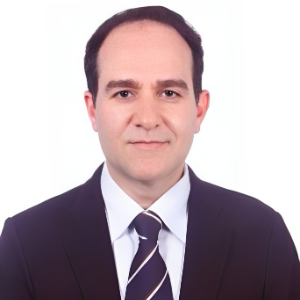
Hossein Hosseinkhani
Innovation Center for Advanced Technology, Matrix, Inc., United States
Hai Feng Ji
Drexel University, United States
Paulo Cesar De Morais
Catholic University of Brasilia, Brazil
Azzedine Bensalem
Long Island University, United States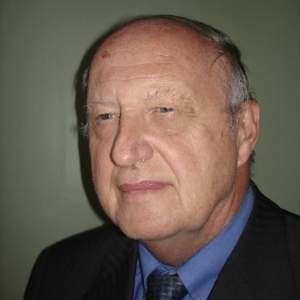
Robert Buenker
Wuppertal University, Germany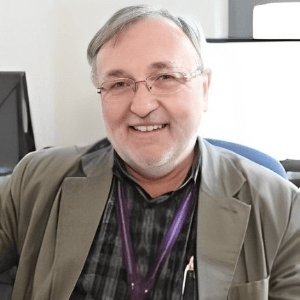
Rafal Kozubski
Jagiellonian University in Krakow, Poland
Sylwia Wcislik
Kielce University of Technology, Poland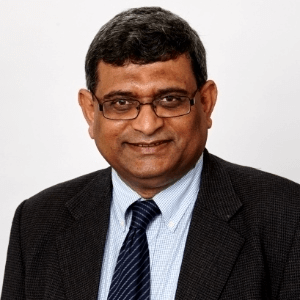
Raman Singh
Monash University-Clayton Campus, Australia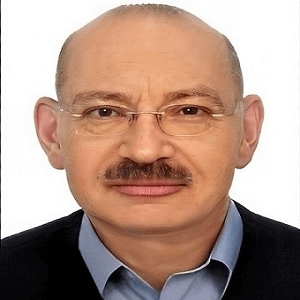


Title : Circumventing challenges in developing CVD graphene coating on mild steel: A disruptive approach to remarkable/durable corrosion resistance
Raman Singh, Monash University-Clayton Campus, Australia
Title : Highlighting recent advancements in electromagnetic field subwavelength tailoring using nanoparticle resonant light scattering and related topics
Michael I Tribelsky, Moscow State University, Russian Federation
Title : The impact of nanomedicine: 30,000 orthopedic nano implants with no failures and still counting
Thomas J Webster, Hebei University of Technology, United States
Title : Logistic-modified mathematical model for tumor growth treated with nanosized cargo delivery system
Paulo Cesar De Morais, Catholic University of Brasilia, Brazil
Title : Current and future of red and black phosphorus nanomaterials
Hai Feng Ji, Drexel University, United States
Title : Azodye photoaligned nanolayers for liquid crystal: New trends
Vladimir G Chigrinov, Hong Kong University of Science and Technology, Hong Kong
Title : Atomistic simulation of chemical ordering phenomena in nanostructured intermetallics
Rafal Kozubski, Jagiellonian University in Krakow, Poland
Title : The enhanced cytotoxic effect of curcumin on leukemic stem cells via CD123-targeted nanoparticles
Wariya Nirachonkul, Chiang Mai University, Thailand
Title : Efficiency of nanoparticles (Micromage-B) in the complex treatment of multiple sclerosis
Andrey Belousov, Kharkiv National Medical University, Ukraine
Title : Innovative method of nanotechnology application in the complex treatment of multiple sclerosis
Andrey Belousov, Kharkiv National Medical University, Ukraine